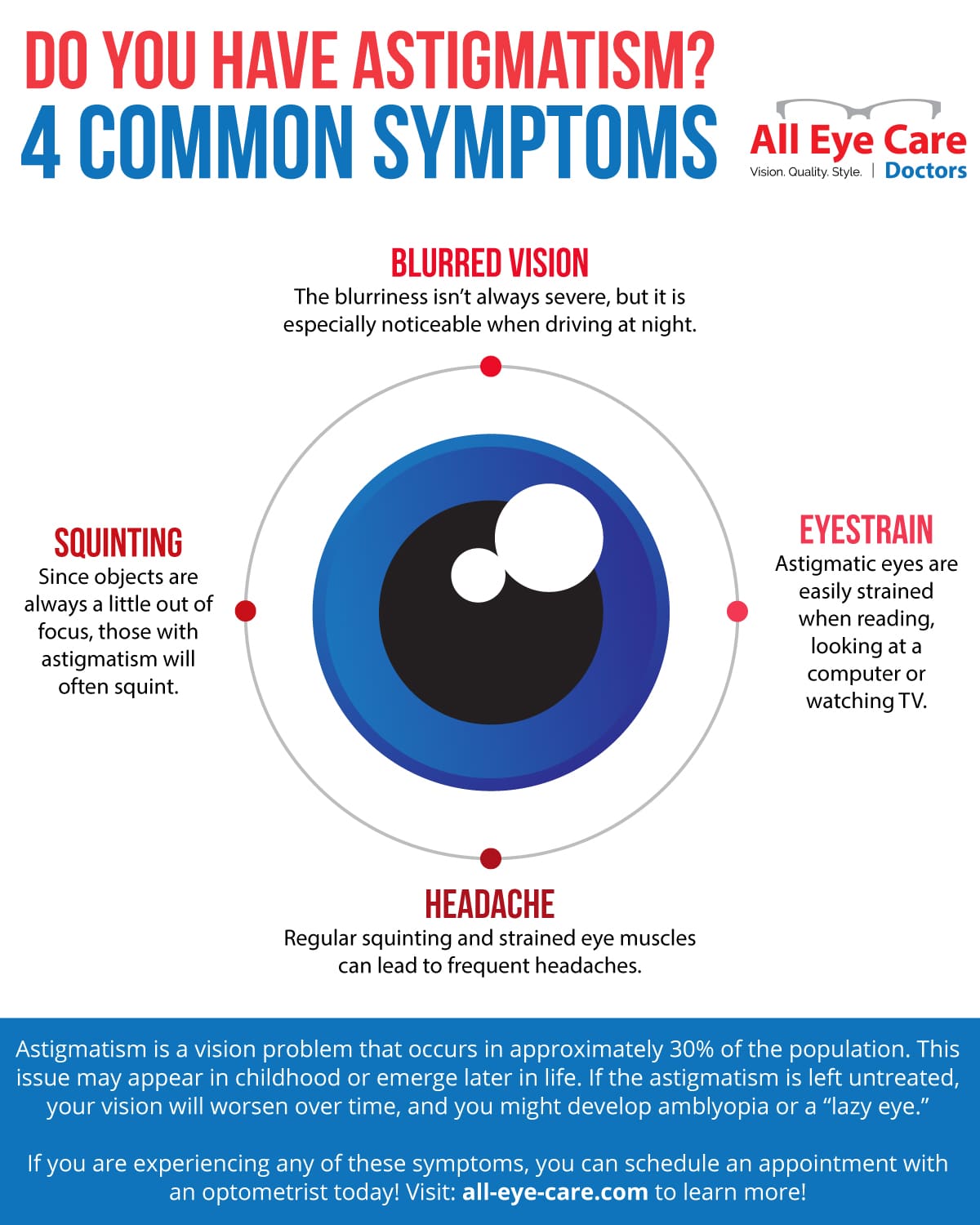Thinking Of Cataract Surgical Procedure? Assess The Benefits Of Both Standard And Laser Strategies To Recognize The Vital Elements That Will Certainly Affect Your Eyesight
Thinking Of Cataract Surgical Procedure? Assess The Benefits Of Both Standard And Laser Strategies To Recognize The Vital Elements That Will Certainly Affect Your Eyesight
Blog Article
Content Produce By-Dean Eriksen
When contemplating the choice in between typical cataract surgery and laser-assisted strategies, you might find yourself evaluating the advantages and downsides each technique provides. The decision goes beyond the surface degree of price and precision, diving into the realm of long-term end results and person contentment. As you navigate through the complexities of these 2 techniques, it comes to be necessary to recognize the nuanced information that can significantly influence your aesthetic quality and overall experience. Keep tuned to reveal the essential aspects that will certainly guide your decision-making process in this crucial aspect of eye treatment.
Conventional Cataract Surgical Procedure Pros and Cons
When taking into consideration typical cataract surgical treatment, you may locate that it's a reputable and widely-used method. In this treatment, a specialist makes a tiny laceration in the eye and utilizes ultrasound to break up the over cast lens before removing it. As soon as the cataract is removed, a man-made lens is inserted to bring back clear vision.
Among the major benefits of typical cataract surgery is its track record of success. Many clients have had their vision dramatically enhanced with this treatment. In addition, typical surgery is often covered by insurance policy, making it an extra obtainable option for many individuals.
However, there are some disadvantages to standard cataract surgical procedure too. Healing time can be longer contrasted to newer techniques, and there's a slightly greater threat of complications such as infection or swelling. Some patients may additionally experience astigmatism or require reading glasses post-surgery.
Laser-Assisted Techniques Pros and Cons
Discovering laser-assisted methods for cataract surgery reveals a contemporary technique that uses laser technology to do vital steps in the treatment. Among the key advantages of laser-assisted cataract surgical procedure is its accuracy. The laser enables incredibly precise lacerations, which can lead to far better visual end results. Furthermore, are you put to sleep with cataract surgery of lasers can decrease the quantity of ultrasound energy required throughout the surgical treatment, potentially decreasing the danger of complications such as corneal damage.
On the drawback, laser-assisted strategies can be much more expensive compared to typical approaches. This cost mightn't be covered by insurance policy, making it less obtainable to some clients.
Another factor to consider is that not all cataract specialists are learnt laser technology, which could restrict your alternatives for choosing a doctor.
Lastly, while the laser can automate certain aspects of the treatment, the surgery still needs a proficient cosmetic surgeon to make certain successful results.
Comparative Evaluation of Both Methods
For a comprehensive understanding of cataract surgical treatment methods, it's essential to conduct a relative evaluation of both traditional and laser-assisted techniques.
Conventional cataract surgical procedure involves hands-on cuts and using handheld devices to separate and eliminate the over cast lens.
On the other hand, laser-assisted cataract surgical procedure utilizes advanced modern technology to produce accurate lacerations and break up the cataract with laser energy before removing it.
In regards to accuracy, laser-assisted methods provide a higher degree of precision contrasted to conventional techniques. Top Las Vegas Nv Doctor of lasers enables modification of the procedure based upon each individual's eye anatomy, potentially leading to much better aesthetic results.
Nevertheless, laser-assisted cataract surgical treatment tends to be extra expensive than traditional surgical procedure, which may restrict accessibility for some individuals.
While both approaches are effective in recovering vision impaired by cataracts, the selection between typical and laser-assisted techniques commonly depends upon aspects such as price, accuracy, and private client demands.
Consulting with your ophthalmologist can help identify one of the most ideal technique for your cataract surgery.
Conclusion
In conclusion, when deciding between conventional cataract surgical treatment and laser-assisted techniques, consider aspects like price, accuracy, and private requirements. Standard surgical procedure supplies a tested track record and insurance coverage yet may include longer healing times. Laser-assisted techniques offer greater precision and personalization yet can be much more pricey and not always covered by insurance coverage. Ultimately, the selection between both methods depends upon what is crucial to you and your particular situation.
